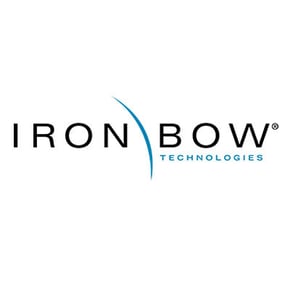For retail consumers, the vast network of interconnected devices that make up the Internet of Things (IoT) exists mostly as an afterthought. Whether tracking their steps through wearable devices or using their smartphones to set house alarms, in a few short years IoT has become embedded into American culture.
Corporations continue to invest heavily in IoT hardware, software, services and connectivity. Globally, spending on IoT will likely reach $800 billion in 2017—with only about $62 billion of that coming from the consumer market—and then almost double to $1.4 trillion in 2021, according to a June IDC report.
For the public sector, though, the integration hasn’t been as fast or seamless. By comparison, the federal government spent about $35 billion on IoT between 2004 and 2015—a relatively paltry sum compared to consumer spending.
Justifiably, agency officials worry about the security implications of interconnectivity. With unimaginably massive amounts of government data whipping through devices across the world, it’s not unreasonable to take a step back before implementing an IoT strategy.
A Government Accountability Office (GAO) report from May neatly sums up the government’s general position on the subject: “The IoT’s rapid emergence brings the promise of important new benefits, but also presents potential challenges.”
Defense Leads the Charge
But there is some hope in the federal numbers. The investment in IoT sensors and data collectors tripled, rising from about $550 billion in 2011 to $1.6 billion by the end of 2015. While most agencies have been taking IoT local, the Defense Department has hopped on the express train, making up for nearly 90 percent of all spending on IoT sensors.
And while IoT could be used for a host applications that better enable the modern warfighter, the move could also save the DoD big bucks. Back in late 2015, the Center for Strategic and International Studies issued a report that said the DoD could save about $700 million a year in energy costs just by installing digital thermostats that connect and adjust themselves.
Beyond that, the report says that adopting IoT devices for real-time fleet management, including weight, cargo, efficiency and geolocation, could cut fuel costs by 25 percent and improve fleet utilization by about 20 percent.
Laying the Foundation
Some civilian agencies are taking proactive steps to design IoT into their everyday system. The General Services Administration (GSA) has been at the government’s leading edge of using smart-building applications, a 2016 Center for Data Innovation (CDI) report says.
The GSA’s aim is to modernize federal buildings through connected technologies in an effort to make them more energy efficient. The agency launched the initiative back in 2012 as an attempt to fulfill former President Barack Obama’s 2009 directive to cut energy consumption of federal facilities by 30 percent.
To do this, GSA installed thousands of sensors into the government’s 50 least energy-efficient buildings to collect more than 1,000 data points measuring energy usage and other factors. The CDI report says GSA has save about $15 million annually from that one IoT-driven program.
Managing Services Shouldn’t Be a Burden
Any new technology is daunting, especially when more than 300 million citizens are relying on it to help keep the government running efficiently. This is where the private sector can help. Companies like Iron Bow have spent years honing how to best deploy and manage IoT solutions.
From device upkeep to data collection and analysis, to get the most out of IoT it takes a lot of time and experience. And while the process of moving analog and manual processes online is nearly complete in most industries, someone still has to make sense of all the captured data.
From smart infrastructure to asset security, Iron Bow draws on decades of network experience to help the federal government turn data into actionable insight. The context from culling this data and understanding its effects holds incredible promise for a more efficient and effective government.
To learn more about Iron Bow’s digitization and IoT services, check out our new and improved website.

COMMENTS